In this article, we’re going to discuss how to use Lorazepam for alcohol withdrawal. People who cross the line from heavy drinking to alcoholism are often shocked at how difficult it can be to quit drinking. Quitting cold turkey is painful and risky, and the process can be made much easier with this medication.
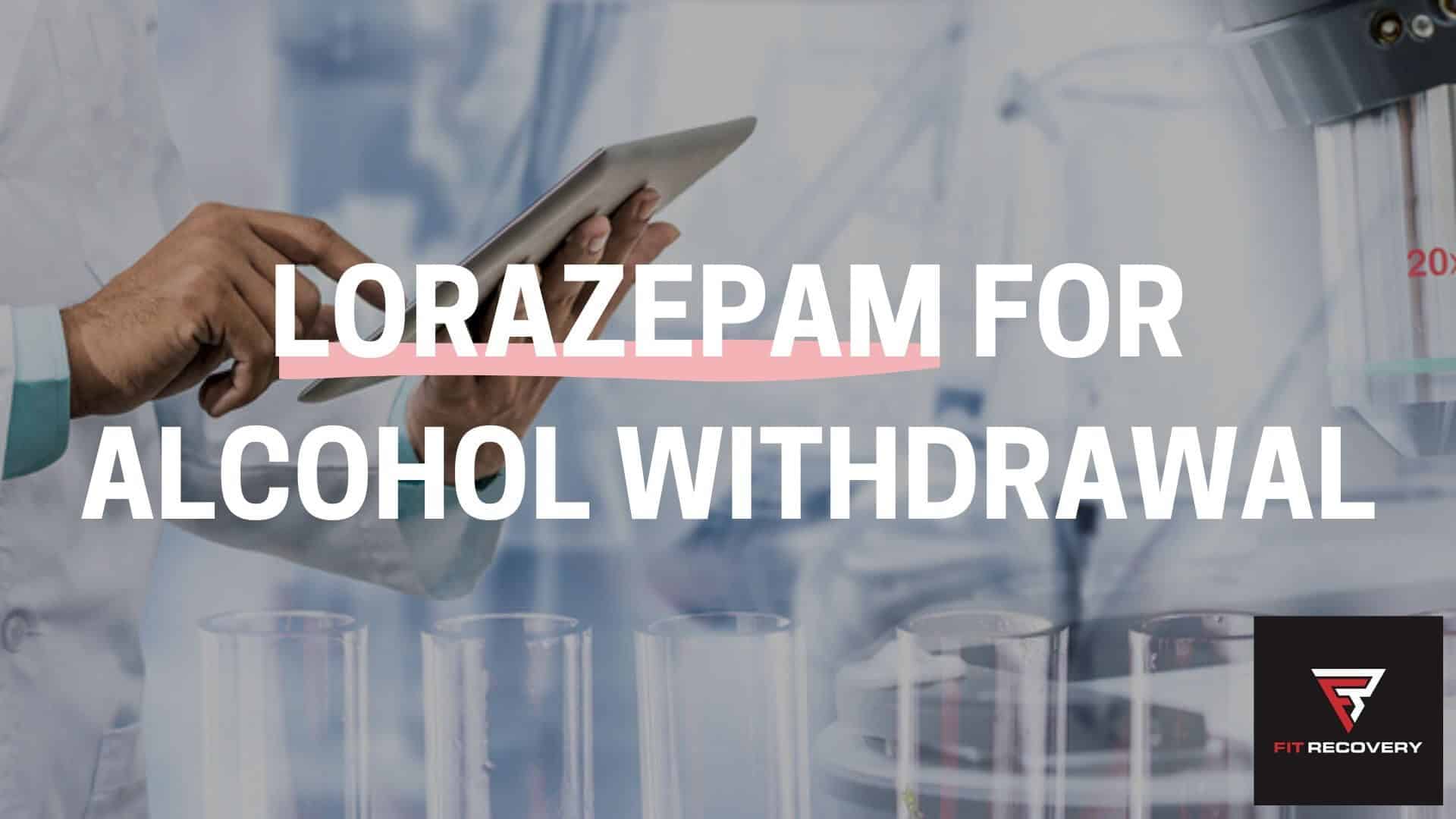
As drinking increases over time, withdrawal symptoms can progress from mild to psychologically exhausting and even dangerous. Many people avoid discussing their true levels of liquor consumption with their doctors. As a result, they do not find out about the proper use of benzodiazepines for withdrawal. Binging, abstinence, and relapse can form a vicious cycle that continues for many years.
It’s important to understand that withdrawal is not all in your head. Symptoms like rapid heartbeat, panic attacks, or a profound sense of impending doom can get worse and lead to fatal seizures. Withdrawal symptoms become more severe with repeated episodes because of a phenomenon known as kindling.
In a medical detox environment, it’s common to receive benzodiazepines for withdrawal. A patient may be given an initial injection followed by 1-2 weeks of tapered oral doses that are carefully monitored.

Overview
Lorazepam is in a family of anti-anxiety drugs called benzodiazepines. It is the generic name, and it is most commonly sold under the brand name Ativan. Other benzodiazepine brands include Librium, Valium, Klonopin, and Xanax.
All of these drugs can be effective for alcohol withdrawal symptoms because they reduce anxiety, prevent convulsions, and help with sleep. Because they vary in terms of strength and their length of effects, doctors choose between them depending on the patient’s symptoms.
Lorazepam is effective at alleviating or preventing the following symptoms:
- Anxiety
- Insomnia
- Nausea
- Headache
- Restlessness
- Panic attacks
- Tremors
- High blood pressure
- Delirium Tremens
Benzodiazepines work by activating GABA receptors in the brain, which are also stimulated by alcohol. GABA is an inhibitory neurotransmitter associated with feelings of calm. Intoxication causes a spike in GABA and withdrawal involves a plunge in GABA. Many withdrawal symptoms (including panic and even seizures) are caused by insufficient levels of GABA in the brain.
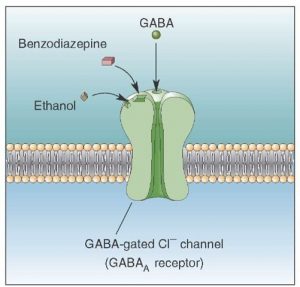
Using this medication can provide temporary peace of mind and prevent severe symptoms from manifesting. Because of its effectiveness, hospitals often prescribe this drug to alcoholics and then gradually reduce the dose to taper them off of it.
Here are some things to consider before obtaining a prescription:
- Because everyone is biochemically different, another benzodiazepine may work better for you.
- Depending on the severity of your alcoholism, your doctor may recommend inpatient detox or prescribe you with Lorazepam that you can taper off of while you quit drinking at home. If you quit drinking at home, make sure you have support and that you repair your body proactively.
- All benzodiazepines can be addictive, which is why they should only be used for a short period of time and in the lowest effective dose.
- All benzodiazepines can cause an overdose if too much is taken at once. Mixing these drugs with liquor can be very dangerous and lead to blackouts.
- Even if you take this, you will still need to repair nutrient deficiencies caused by excessive drinking. You may also have other symptoms such as low motivation and depression that benzodiazepines cannot resolve.
- Using this is a great strategy for the short term, but in the longer term, it’s important to have external support and to renew your sense of purpose in life.
How To Take Lorazepam
Here are some things to consider:
- Only take this medication with a prescription and under the supervision of a doctor.
- The tablets are typically 0.5, 1, or 2 mg.
- The first dose is usually 2-10 mg.
- Doses are often divided throughout the day. I took one dose in the morning and one before bed.
- There is no standard dosage; a doctor can determine this depending on your situation.
- Most people do not need to take this medication for more than a few days or a week.
- To avoid dependence, do not use for longer than you need it.
Further Considerations
By preventing complications caused by low levels of GABA in the brain, using Lorazepam can help you have a much safer and more pleasant detox. Even if your symptoms aren’t severe, envisioning life without alcohol is hard enough. Nervous exhaustion and insomnia can make the task of quitting drinking seem nearly impossible.
But while it can help with quitting, it is not a cure-all for the physical damage caused by alcoholism. Many people who use benzodiazepines end up relapsing because they feel tortured by depression or cravings after their taper ends. These other symptoms are often caused by the following problems that are NOT resolved by benzodiazepines:
- Low dopamine
- Low serotonin
- Magnesium deficiency (my life changed when I began taking magnesium!)
- B-vitamin deficiencies
- Other vitamin and mineral deficiencies
- Poor liver health
Fortunately, there is a way to address all of these problems at once. Check Fit Recovery’s list of supplements that work best for supporting the brain-body system through recovery.
Another trick is to take glutamine to resolve sudden, intense bouts of cravings. Try it and you’ll see that it works. Glutamine is an amino acid that can help to repair every cell in your body.
The bottom line is that using this medication can be very effective, but it’s just the first part of a long process. Give your body what it needs during this time, and your mind will be sure to follow!

Conclusion
We hope you’ve enjoyed this article. Subscribe to our email list to stay posted on future articles that can help you down the road.
If you have any questions, please leave them in the comment box below.
___________________________________

Dr. Ken Starr is board certified in both Addiction Medicine and Emergency Medicine, and diplomate of the American Board of Addiction Medicine. In addition to his work as the Addiction Medicine Director for Fit Recovery, he operates Ken Starr MD Wellness Group in Arroyo Grande, CA. His clinic offers advanced drug and alcohol detox methods, long term recovery facilitation, and IV nutritional programs including NAD+ therapy.
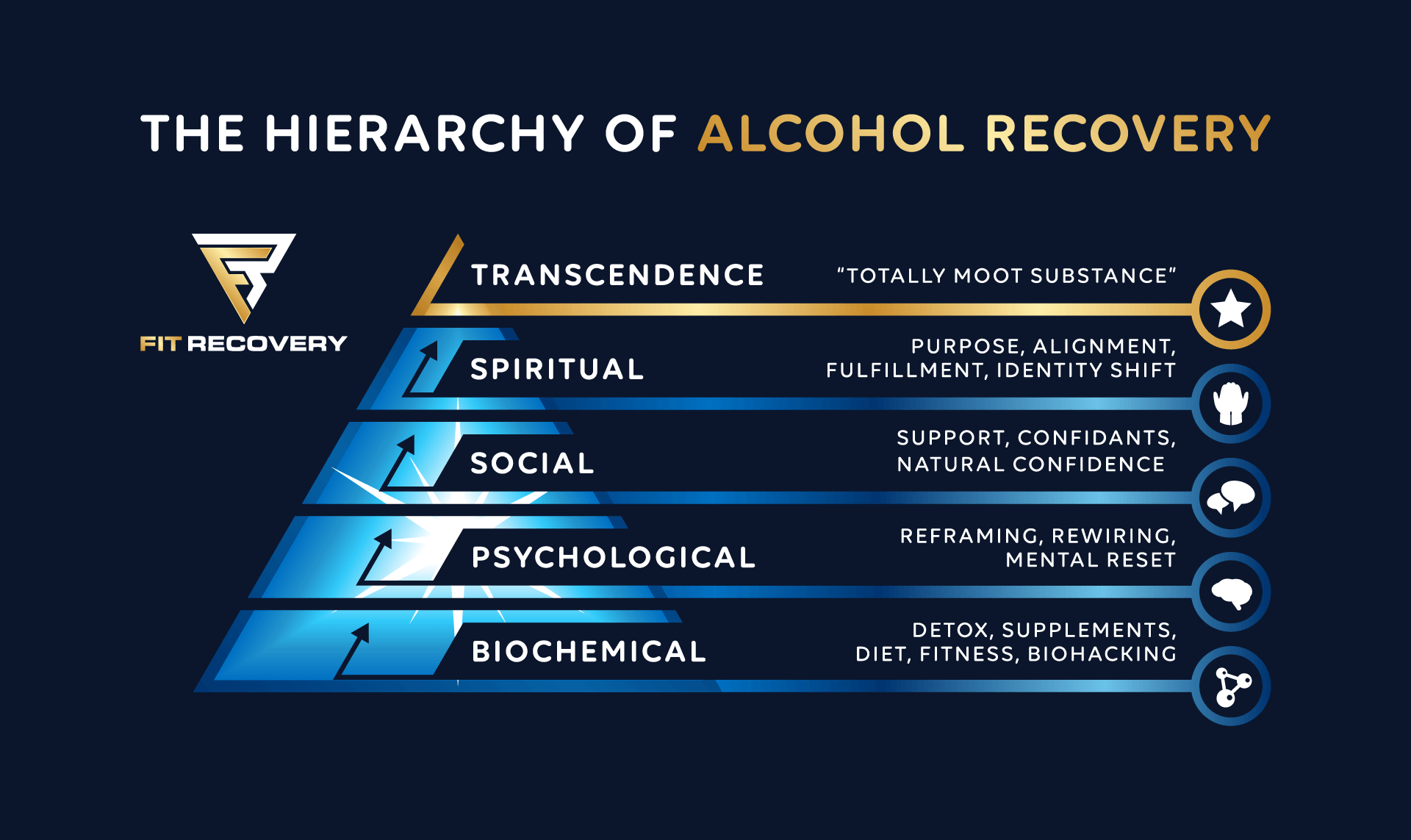
Author
-
Dr. Ken Starr is board certified in both Addiction Medicine and Emergency Medicine, and diplomate of the American Board of Addiction Medicine. In addition to his work as the Addiction Medicine Director for Fit Recovery, he operates Ken Starr MD Wellness Group in Arroyo Grande, CA. His clinic offers advanced drug and alcohol detox methods, long term recovery facilitation, and IV nutritional programs including NAD+ therapy.
View all posts

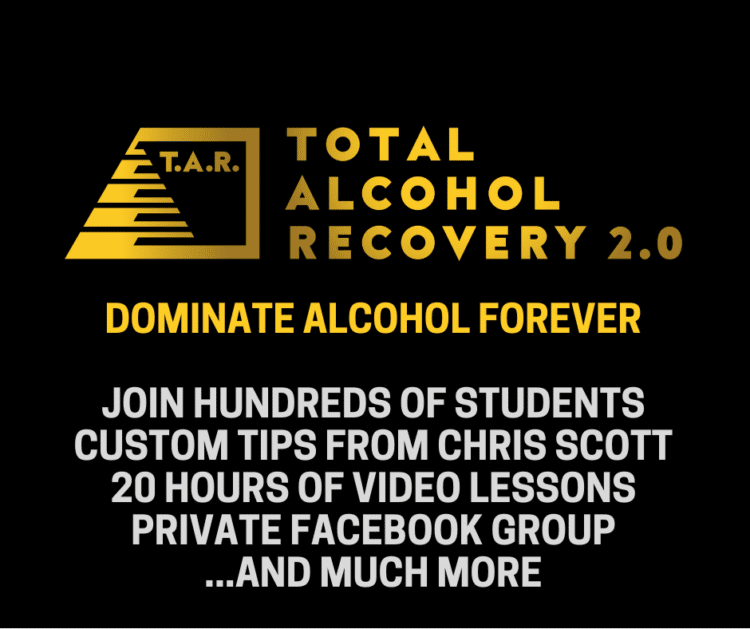
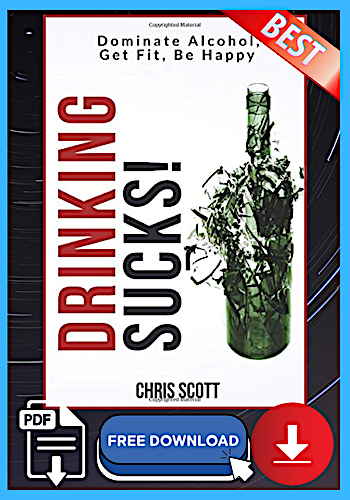

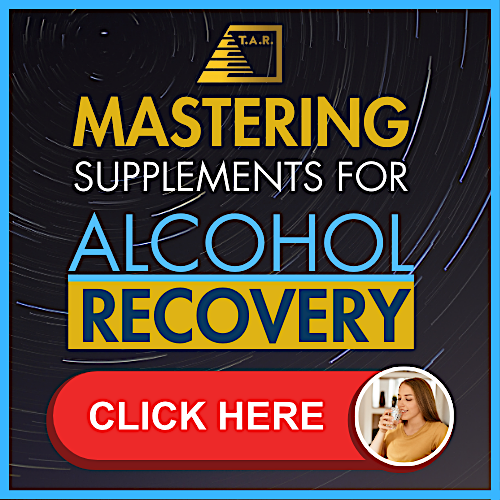
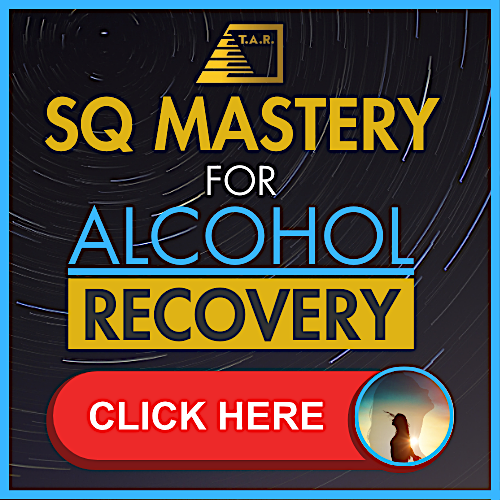
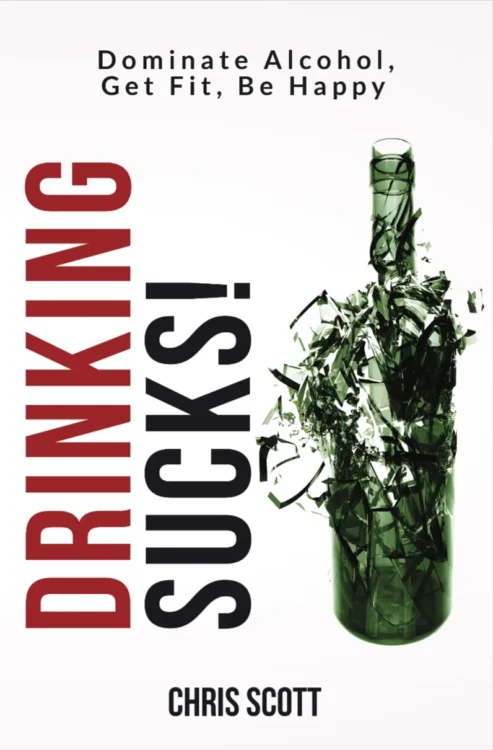
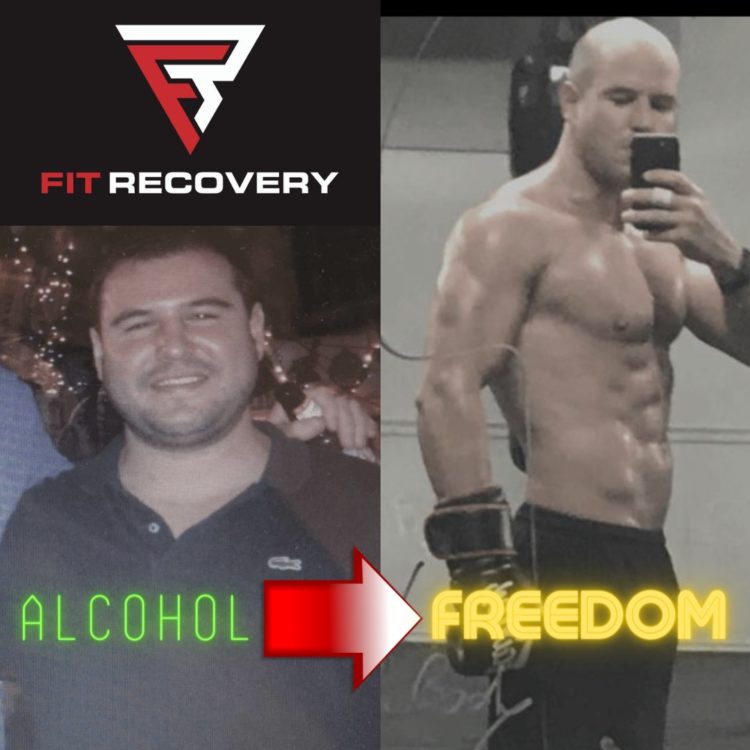
HOW MANY LORAZAPAM SHOLD I TAKE IN THE1ST 24HOURS
Hi Jerry, please consult your doctor about dosage. The dosage info contained in this article is a general guideline only. Best of luck to you!
Hi
How many mg of lorazapam should i take the 1st day of withdrawal and do i ta that ng all at once ir in different times of the day
Hi Aasia, your doctor will determine dosage based on your health history. I cannot give medical advice because I’m not a doctor, but you might find the dosage info in this article helpful.